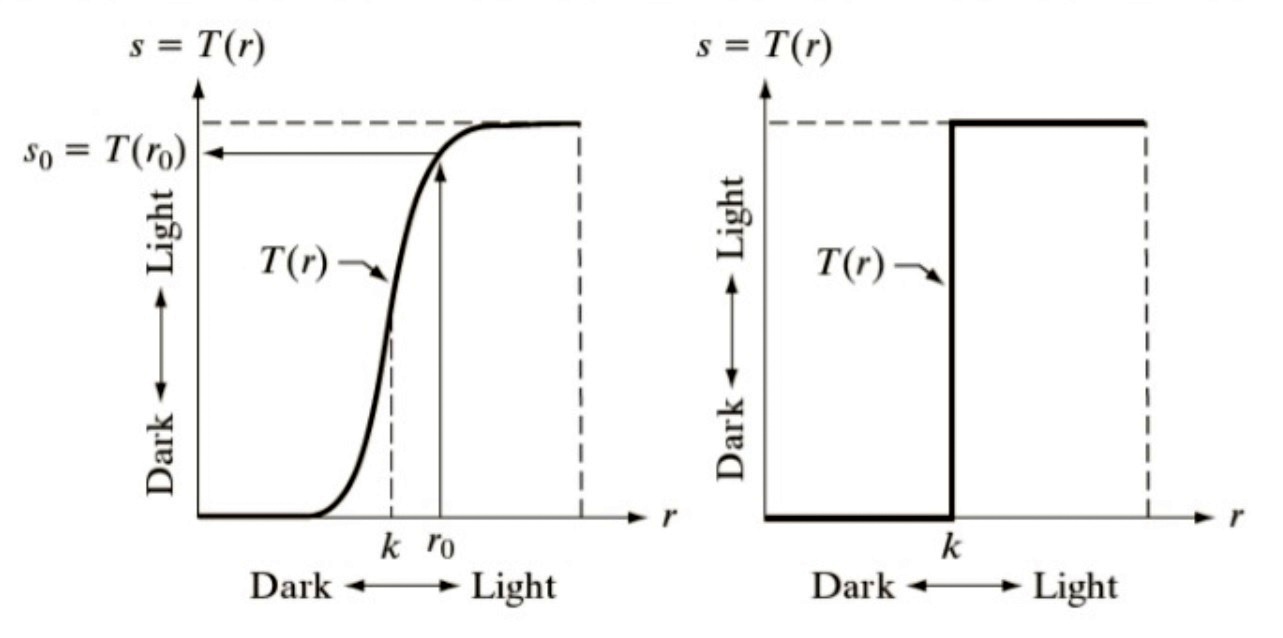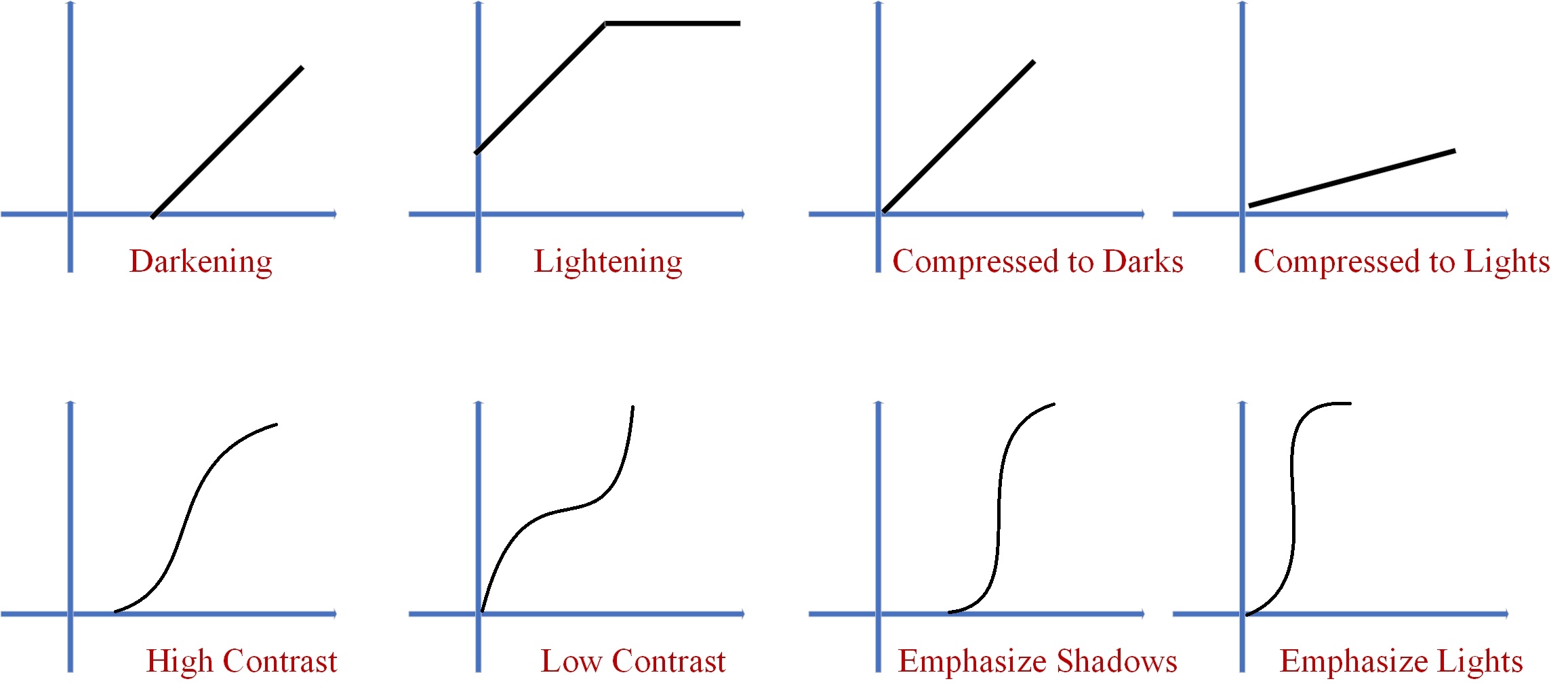Image Enhancement
Image enhancement aims to improve human viewers' interpretability or perception of information in images or provide 'better' input for other automated image processing techniques.
Image enhancement is the improvement of digital image quality, without knowledge about the source of degradation. If degradation is known, then the process is known as image restoration. Both are iconical processes, viz. input and outputs are images.
Many different methods, often elementary and heuristic, are used to improve images in some way. Aside from geometrical transformations, some preliminary grey-level adjustments may be indicated to account for acquisition system imperfections. This can be done pixel by pixel, calibrating with the output of a bright image. Space-invariant grey-value transformations are frequently used for contrast stretching, range compression, and other purposes. The grey-value histogram is the required distribution, which is the relative frequency of each grey value. Examples of simple grey-level transformations in this domain are:

Fig: Gray-level transformation Functions for Contrast Enhancement
Grey values can also be modified such that their histogram has any desired shape, for example, flat (every grey value has the same probability). All examples assume point processing, viz. each output pixel is the function of one input pixel; usually, the transformation is implemented with a look-up table :
Physiological experiments have shown that the human visual system recognizes very small changes in luminance in areas of continuous grey value, but not at all in areas with some discontinuities. As a result, a common design goal for image enhancement is to smooth images in more uniform regions while preserving edges. On the other hand, it has been demonstrated that degraded images with the enhancement of specific features, such as edges, can simplify image interpretation for both human observers and machine recognition. Image sharpening is thus a secondary design goal.
These operations could be carried out in either the frequency or spatial domains using linear functions. Other grey scale transformations are outlined in the figure below.
